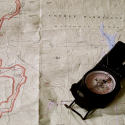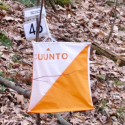
If you spend any amount of time outdoors, whether for work or at play, then having easy access to a map is important. It will help you, not only to get the most out of your adventures or job, but to do so more safely and productively. So, whether you are a conservationist, Ranger, or a member of a search-and-rescue team, or you simply want to hike, camp, or fish off of the beaten path, then you need to know how to use a map. However, a common problem is finding where to obtain them. Luckily, I’ve a suggestion or two for you to consider. Overview The gold standard in the United States is the 1:24,000 scale topographic map since it best balances a manageable size of the land area covered against a detailed layout of natural and human-made features, including terrain. With it, you can identify streams, vegetative sections, […]
Read more →
